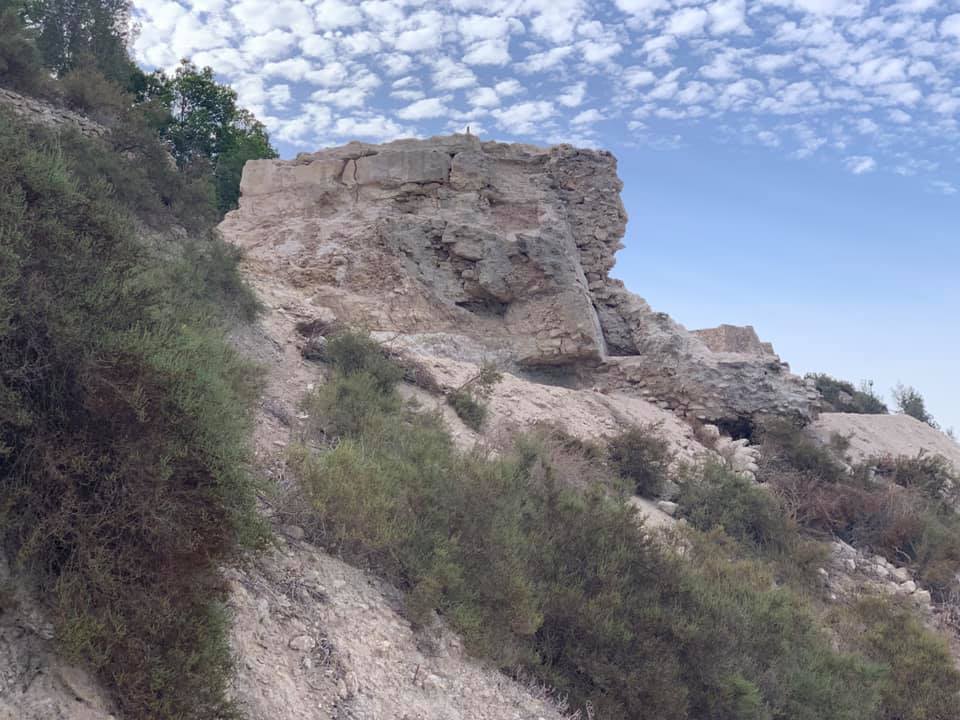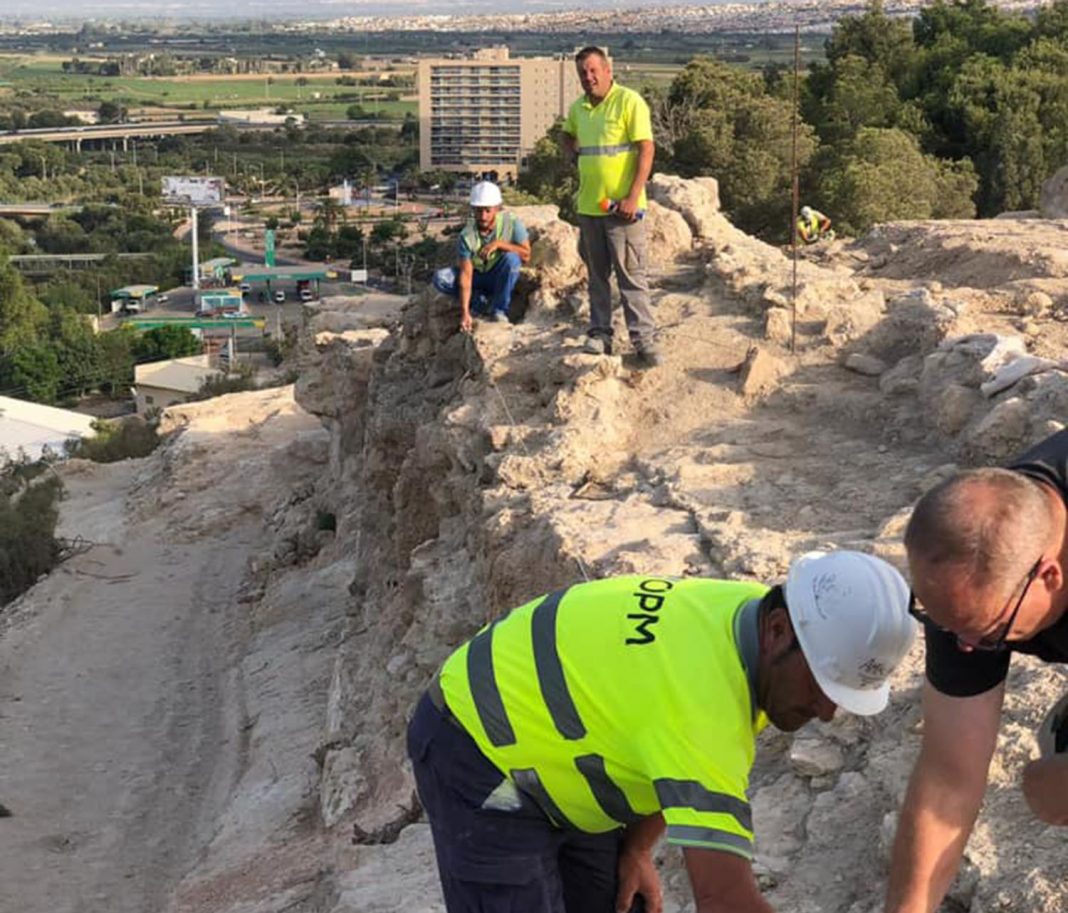- The works have exposed the tower of the old Renaissance church and the entrance to the city
The City Council and the company that carries out the research, restoration and enhancement work of the walled city and the castle of Guardamar del Segura have signed an agreement to extend the excavation works, specifically the restoration of the western wall.
The Councillor for Historical Heritage, Pilar Gay, says that archaeological interventions carried out in recent months have discovered the remains of the wall dating from the thirteenth and fourteenth centuries, and that it is still in an excellent state.
She said that the archaeologists have found the location of the medieval Christian wall measuring 2.30 meters wide and 1.5 meters high, of which there has previously been very little data. They have also discovered the lower part of the bell tower of the old Renaissance church and what was the entrance to the walled city where they have found remnants of Roman, Iberian, Phoenician, Greek, Islamic and Bajomedieval pottery.

“These are very important discoveries that have revealed unknown remains or of which there was little data that once again highlights the importance of this commune throughout history,” she added.
The head of the archaeological museum, Francisco Javier Parres, indicates that these discoveries confirm that the hill of the castle was a strategic defensive location far back in ancient times and until it was completely destroyed by the earthquake of 1829, that is, from the seventh and eighth centuries BC until the nineteenth century AD.
These research and restoration works aim to recover the area making it accessible to the public while, at the same time, safeguarding the conservation of the archaeological remains which plot the medieval history and the human occupation of the castle since the Phoenician era
The work, that began in May has a budget of one million euros contributed by the City Council and funds from the ERDF program through the Generalitat Valenciana. They are expected to end in October, at which time the fortified enclosure may be visited again.
It will have a service area and an interpretation centre that will be designed to include the results of the archaeological excavations and the preserved historical documentation.





